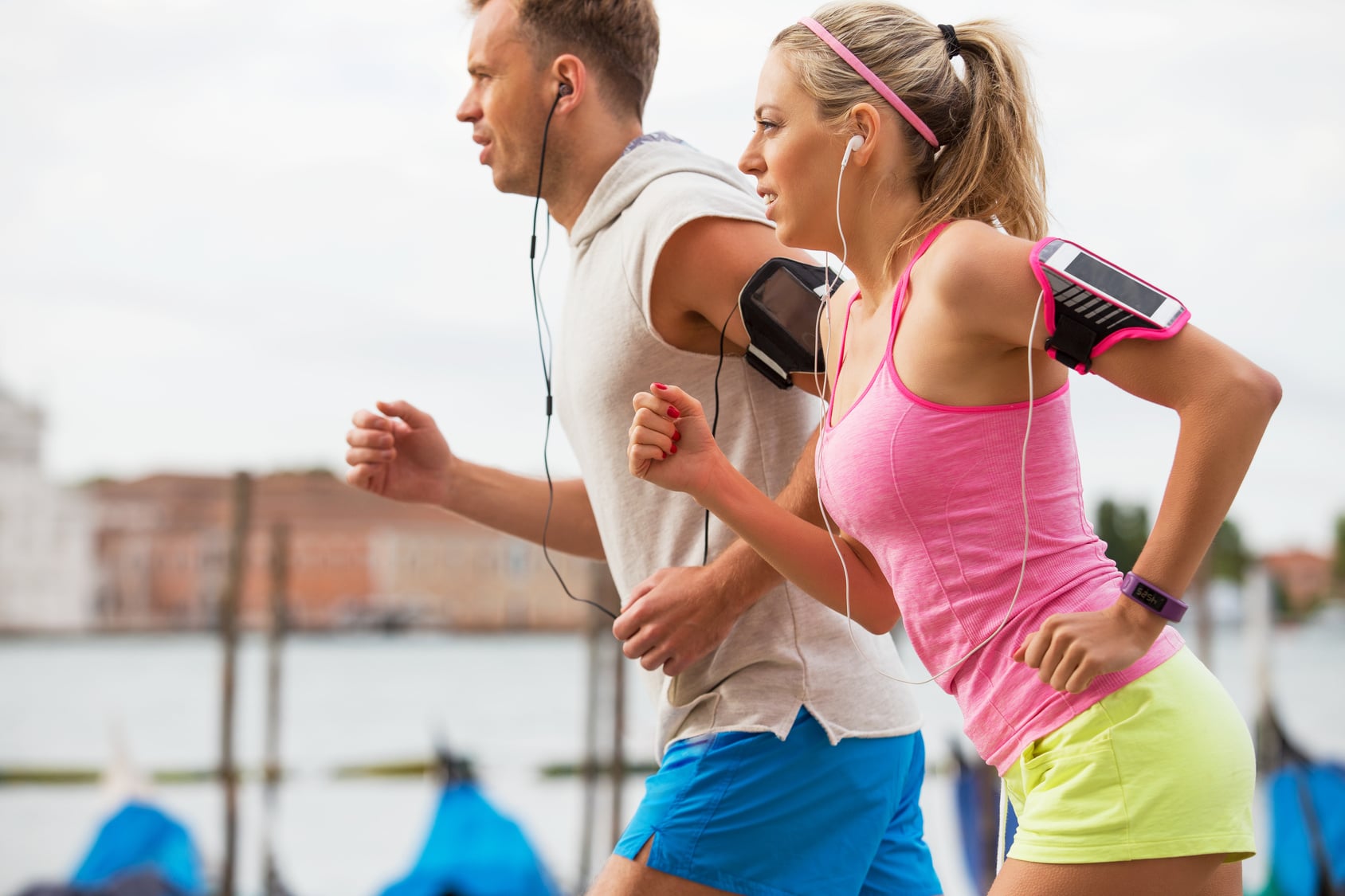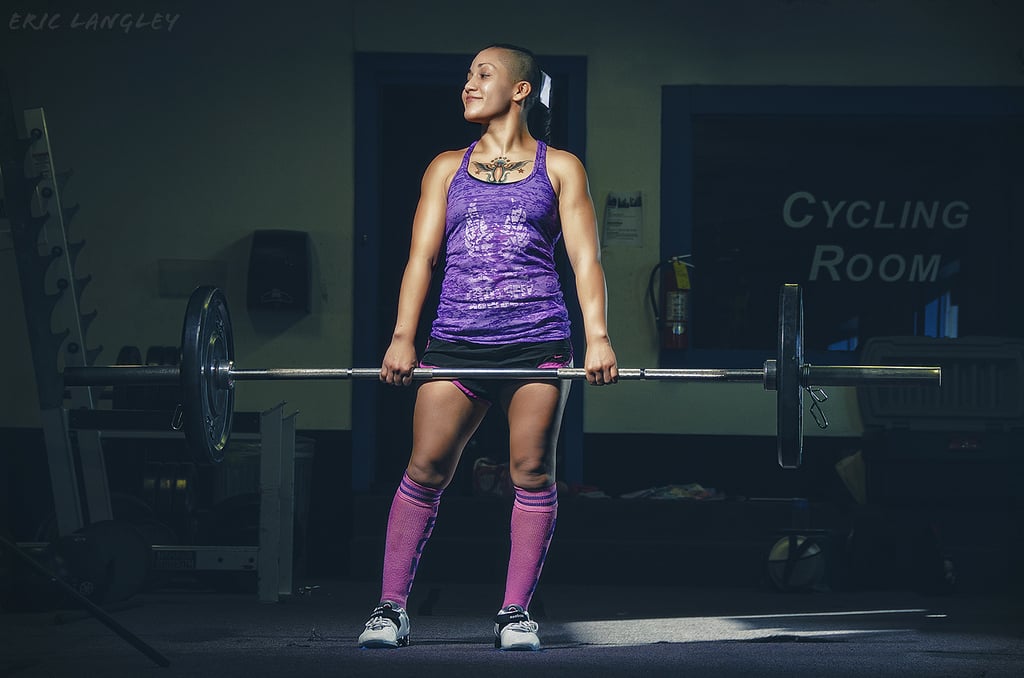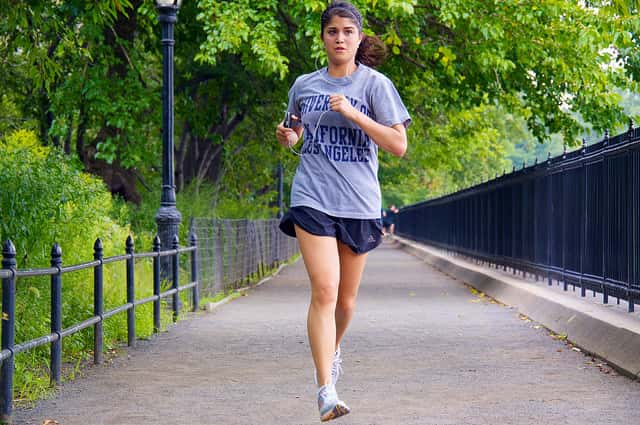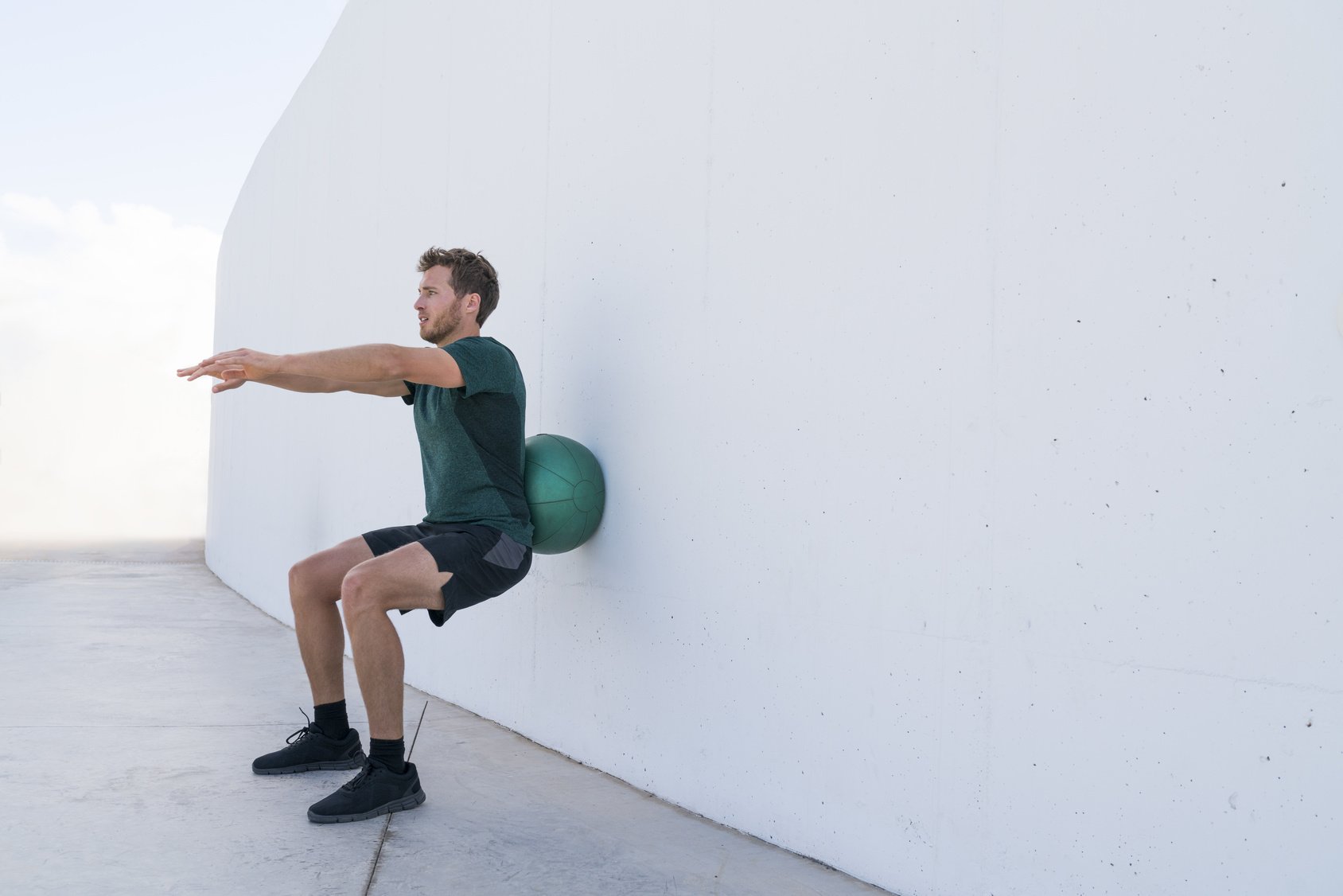Dealing with a stress fracture and eager to return to running as soon as possible? Well, you’re in the right place.
Stress fractures are a common setback for runners, and they can really throw a wrench into your training routine. These fractures often target the metatarsal bones in the foot. But here’s the catch – treating them requires a good dose of patience.
Typically, treatment involves rest, perhaps transitioning to lower-impact activities, and sometimes even a special shoe or boot to give your foot some well-deserved relief.
But I’m pretty sure about one thing—this injury sucks and it sucks big time.
In today’s article, I’m diving into the comprehensive guide on treating metatarsal stress fractures in runners. We’ll cover everything from recognizing the symptoms to exploring treatment options and finding your way back to running as swiftly as possible.
Sound like a plan? Well, let’s dive right in.
Understanding Metatarsal Stress Fractures In Runners
Want to keep your feet happy and healthy while running? Then it’s time to get to know your metatarsals, which refer to the five bones that stretch from your heel to your toes, making every step possible.
To dive a bit deeper, each one of these five bones is identified by its position. The first metatarsal is located near the inside of your foot, connecting to the big toe, and the sequence continues to the fifth metatarsal, which links to the little toe on the outer edge.
A stress fracture, then, is essentially a small crack in the bone, akin to the tiny fissures you’d see in a twig when bent slightly. These fractures are subtle, often too slight to be detected on an X-ray immediately.
Interestingly, research shows that women are significantly more likely to suffer from metatarsal stress fractures than men, with a ratio exceeding three to one. Age also influences the risk; younger people tend to experience fractures in the fifth metatarsal, whereas older adults, especially women, face a greater risk of stress fractures.
Fractures & Runners – A Love Affair?
Now, why do stress fractures occur in runners?
Let me illustrate this with an analogy. Imagine your metatarsals as twigs that you bend repeatedly.
Over time, with enough bending (or in our case, running), even the strongest twig might start to develop tiny cracks. That’s what happens in a stress fracture.
Every time your foot strikes the ground, it absorbs a shockwave. Usually, it’s no big deal. But pile on too much stress too often, and voila, those dreaded cracks make their debut. It’s the culmination of too many “last straws,” leaving your feet to bear the brunt.
Can I continue to Exercise with a Metatarsal Stress Fracture?
Absolutely, but here’s the catch: you must avoid any activity that adds extra pressure on that fragile bone—thus running will only make it worse.
So what’s a runner to do when faced with this hurdle? Enter cross-training, the hero we didn’t know we needed.
A prime candidate? Deep water running. It’s the closest thing to running without the impact, courtesy of the buoyant bliss of water.
Just strap on a flotation belt, and you’re set to mimic those running motions in the pool’s depth. Sure, anti-gravity treadmills sound like something out of a sci-fi novel, but they’re a bit of a luxury and not exactly wallet-friendly.
What’s more?
Strength training is also a great option that can help you stay fit, strong, and in shape—as long as you put any undue stress on the affected limb.
Treating Metatarsal Stress Fractures In Runners
So, how do we go about treating a metatarsal stress fracture? It’s time to dive into the game plan.
Take Enough Rest
Rest and More Rest is the name of the game. Without it, that bone won’t have a shot at healing, and the fracture might throw a curveball at you.
Rest doesn’t necessarily mean going non-weight bearing, but it’s definitely time to hit the pause button on running and any other high-impact training. Think of it as giving your foot a well-deserved break.
Ice Therapy
Applying ice is your go-to move to reduce swelling and pain. Just remember to wrap those ice packs in a thin towel to avoid an icy skin encounter. Your provider will be your guide, letting you know how often and for how long you should ice your injury.
Try Compression
Compression Gentle compression with a bandage is your way of keeping swelling in check. It’s like giving your foot a reassuring hug, letting it know everything will be okay.
Elevate The Injured Foot
Elevating your foot above the level of your heart is a smart move. At least, you got an excuse to lounge back and let gravity do some work in reducing that pesky swelling. Prop it up with some pillows or cushions while you relax.
Tread Lightly with NSAIDs
Pain relievers like OTC nonsteroidal anti-inflammatory medications (NSAIDs) and acetaminophen (Tylenol®) can be your allies in the battle against pain and swelling. Your physician might even recommend some over-the-counter lidocaine patches to numb the area around the fracture.
Just remember not to go overboard—don’t take pain relievers for more than 10 days straight without a conversation with your provider.
What’s more?
Tread carefully. There’s some evidence that they might throw a wrench into the bone healing process, which includes inflammation. So, it’s a bit of a double-edged sword.
Medical Treatments
Now, onto the non-surgical options, often the initial line of defense. These include casting, booting, or even relying on crutches. Here’s what each entails:
- Casting: Think of it as placing your foot in a mini fortress, keeping it still and secure, allowing the bone to heal without disturbance. It may not be the most convenient accessory for your foot, but it’s a proven method for healing.
- Booting: More modern and definitely more convenient than a cast, a boot provides support and stability while still allowing some freedom of movement. It’s like the business-casual version of a cast.
If it’s a confirmed stress fracture, particularly in one of the high-risk areas mentioned earlier, you’ll likely receive an orthopedic boot to immobilize the affected area and promote proper healing.
Stress Fracture Surgery: When Is It Needed?
Deciding to undergo surgery for a stress fracture isn’t a decision taken lightly, as most of these injuries typically heal on their own with proper care and rest.
Yet, I’ve learned through stories, both shared and personal, that there are moments when surgery becomes a necessary chapter in the healing narrative.
Here are the are situations where surgery may be recommended:
- Inadequate Healing: If the fracture isn’t healing as expected, your healthcare provider might consider surgery to ensure proper recovery.
- Severe Symptoms: When you’re experiencing severe symptoms or complications related to the fracture, surgery may become necessary.
- High-Risk Areas: Some fractures, especially in critical areas like the hip joint, may require surgery due to their potential to cause further complications.
The surgical procedure involved is known as internal fixation. During this operation, a surgeon will insert pins, screws, or metal plates into the bone to stabilize it while it heals. Your provider and surgeon will provide guidance on what to expect and the expected duration of your recovery.
When can To Return to Running After a Metatarsal Stress Fracture?
Deciding when to resume running after a stress fracture is a pivotal moment in your recovery journey. However, it’s imperative to proceed with caution – premature return to full training can impede healing progress and potentially exacerbate the injury.
Keep in mind that the healing process varies from person to person. Therefore, comparing your recovery timeline to others’ can do more harm than good.
Instead, focus on how your foot responds to treatment and listen to your body’s cues.
Typically, stress fractures require a healing period of 3-6 weeks. However, individual factors such as the severity of the injury, overall health, and adherence to treatment play significant roles in the recovery timeline.
Here are key indicators that signal you’re ready to resume running:
- Imaging Confirmation: X-rays, MRI, or CT scans should confirm that the fracture has fully healed. While stress fractures may not always be visible on X-rays in the early stages, advanced imaging techniques like MRI provide more accurate assessments of bone healing.
- Absence of Swelling and Pain: The fracture site should no longer exhibit swelling or tenderness to touch. Persistent pain or discomfort during weight-bearing activities indicates incomplete healing and suggests the need for further rest.
- Pain-Free Walking: You should be able to walk comfortably without experiencing pain or discomfort in the affected foot. Gradually increasing walking distances and intensity can help assess readiness for higher-impact activities.
- Jogging and Sprinting: Gradually reintroduce jogging in a straight line, ensuring it’s pain-free and without a noticeable limp. As confidence and strength build, progress to faster speeds and more dynamic movements like sprinting.
- Agility and Cutting Movements: Perform 45-degree and 90-degree cuts without difficulty or discomfort. These maneuvers simulate the lateral movements often encountered during running and sports activities, assessing the foot’s stability and readiness for multidirectional forces.
- Jumping Ability: Pain-free jumping on the previously injured leg indicates restored strength and resilience of the affected foot. Start with low-impact jumps and gradually increase intensity as tolerated.
How To Resume Running After Metatarsal Stress Fracture
Let’s lay down some guidelines for a safe return:
- Medical Clearance: Always consult your healthcare provider or therapist for their approval. Once you get the green light then it’s time to resume training.
- Start with Baby Steps: Begin your comeback with short, low-intensity runs. Think of it as a gentle jog rather than a full sprint. This allows your body to reacquaint itself with the demands of running.
- Gradual Progression: Follow the 10% rule – increase your running volume (distance and time) by no more than 10% each week. It’s like gradually turning up the volume on your favorite song, ensuring it’s enjoyable without overwhelming.
- Cross-Training: Spice things up with low-impact activities like cycling or swimming. It’s akin to adding diverse flavors to a dish – it enhances your overall fitness without straining any particular ingredient.
- Tune into Your Body: Listen closely to how your foot reacts after each run. A bit of mild soreness is par for the course, but sharp pain is a warning sign. Consider it a conversation with your body – make sure you’re both on the same page.
Are You doing Too Much?
The few days into a running comeback post-injury are the hardest. You might not have physical pain, but your mind might play tricks on you to keep you in check.
To make sure you’re doing it right, here are some real warning signs that you might be pushing too hard:
- Recurring Pain: If the familiar pain starts to speak up (or even shout), it’s a clear signal to ease up.
- Swelling or Redness: Think of these as warning lights on your car’s dashboard – they indicate that something isn’t functioning as it should.
- Decreased Performance: If you find yourself struggling more than usual during your runs, it could be a sign of overtraining.
To prevent re-injury, adhere to the golden rule: moderation. While the urge to dive back into your old running routine is strong, remember that gradual progress is the key. It’s akin to nurturing a plant – too much water too soon can drown it. The same principle applies to your recovery.









